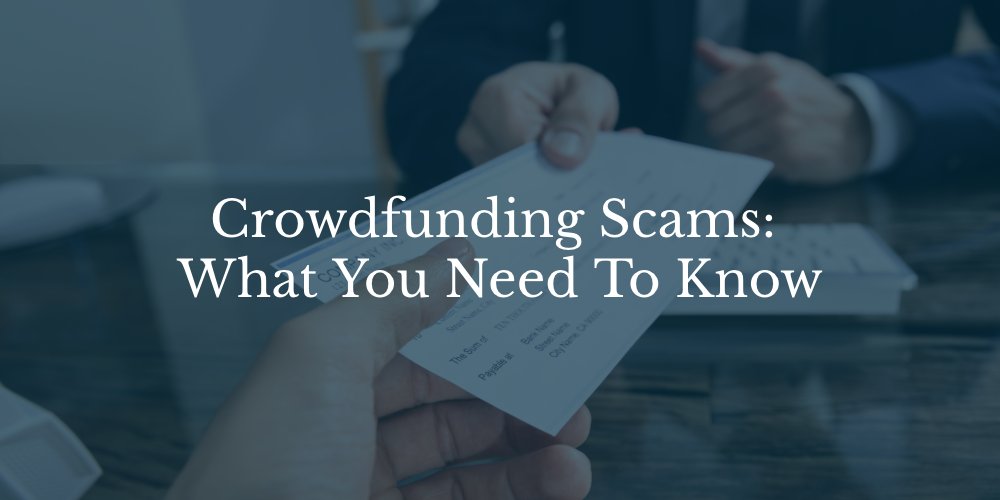In today’s era of climate consciousness, the demand for sustainable and clean energy solutions has skyrocketed. Crowdfunding platforms have become a popular avenue for innovators to raise funds for green projects. However, the rise in popularity of these platforms has also opened the door to scammers exploiting the clean energy movement. Fake “clean energy” crowdfunding scams have emerged, preying on the good intentions of environmentally conscious individuals. Here’s a detailed guide on what these scams look like, how to identify them, and how to protect yourself from falling victim.
What Are Fake “Clean Energy” Crowdfunding Scams?
Fake clean energy crowdfunding campaigns are fraudulent projects designed to deceive people into donating money under the guise of funding renewable energy solutions. These scams often claim to support initiatives like solar energy advancements, wind farm developments, or revolutionary eco-friendly technologies. Instead of channeling the funds into legitimate projects, scammers pocket the money and disappear, leaving donors empty-handed.
How to Spot Fake Clean Energy Crowdfunding Scams
Identifying a fake crowdfunding campaign requires careful observation and research. Here are the key warning signs:
1. Overly Ambitious Claims
- Scammers often promise groundbreaking solutions that seem too good to be true, such as producing unlimited clean energy at an incredibly low cost.
- Beware of buzzwords like “world-changing,” “infinite energy,” or “guaranteed results” without any solid evidence to back up their claims.
2. Lack of Transparency
- Legitimate projects usually provide detailed information about their team, technology, and business model.
- Fake campaigns often have vague descriptions, incomplete profiles, or anonymous creators.
3. Absence of a Proven Track Record
- Genuine clean energy projects are typically backed by experienced professionals or organizations with a history of success.
- Scammers rarely have verifiable credentials or a proven track record.
4. No Verifiable Contact Information
- Be cautious if the campaign creators do not provide valid contact details or a physical address.
- Legitimate campaigns are usually transparent about their location and communication channels.
5. Fake Endorsements or Testimonials
- Fraudulent campaigns may use fabricated testimonials or claim endorsements from reputable organizations to appear credible.
- Verify endorsements by checking the official websites or contacting the organizations mentioned.
6. Urgent Appeals for Donations
- Scammers often create a false sense of urgency, pressuring donors to contribute quickly.
- While some campaigns may have legitimate deadlines, high-pressure tactics are a red flag.
7. No Physical Prototype or Proof of Concept
- Real clean energy projects often showcase prototypes or proof-of-concept demonstrations.
- Scammers usually lack tangible evidence of their claims.
How to Avoid Falling Victim to Clean Energy Crowdfunding Scams
Preventing yourself from becoming a victim of these scams requires vigilance and due diligence. Follow these steps to protect yourself:
1. Research the Campaign Thoroughly
- Investigate the team behind the project. Check their professional profiles on LinkedIn and verify their credentials.
- Look for media coverage or external validation from trusted sources.
2. Verify the Technology
- Evaluate the feasibility of the technology being promoted. Seek expert opinions or consult industry professionals if needed.
3. Check for Official Partnerships
- Genuine campaigns often collaborate with reputable organizations or receive funding from recognized entities.
- Verify these partnerships by contacting the organizations directly.
4. Beware of Overly Polished Marketing
- Scammers often rely on flashy videos, graphics, and persuasive language to lure donors.
- Focus on the substance of the campaign rather than its presentation.
5. Read Reviews and Testimonials
- Look for independent reviews or discussions about the campaign on forums and social media platforms.
- Be skeptical of overly positive or generic testimonials.
6. Use Reputable Crowdfunding Platforms
- Stick to well-known and trusted crowdfunding platforms with strict verification processes.
- Report suspicious campaigns to the platform immediately.
7. Avoid Sharing Sensitive Information
- Do not provide personal or financial information beyond what is necessary to make a donation.
- Use secure payment methods that offer fraud protection.
Key Measures to Stay Safe Online
In addition to the above precautions, here are some general tips to ensure your online safety:
1. Educate Yourself About Scams
- Stay informed about common crowdfunding scams and tactics used by fraudsters.
- Follow trusted blogs, forums, or websites like eXposingScam for updates and tips.
2. Enable Two-Factor Authentication (2FA)
- Secure your accounts on crowdfunding platforms and payment services by enabling 2FA.
3. Monitor Your Transactions
- Keep an eye on your bank statements and report any unauthorized transactions immediately.
4. Trust Your Instincts
- If something feels off about a campaign, don’t hesitate to walk away. It’s better to miss out on a potential opportunity than to risk losing your money.
5. Report Scams
- If you come across a suspicious campaign, report it to the crowdfunding platform and relevant authorities.
- Share your experience with others to raise awareness.
Conclusion
Fake clean energy crowdfunding scams exploit the goodwill of individuals passionate about sustainability. By staying vigilant, conducting thorough research, and following the tips outlined in this guide, you can protect yourself and others from falling victim to these fraudulent schemes. Together, we can support legitimate green initiatives and contribute to a more sustainable future without enabling scammers to profit from our generosity.














